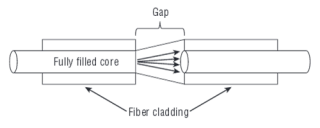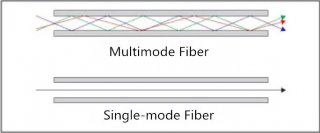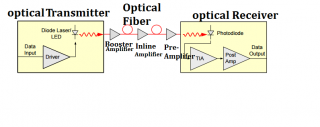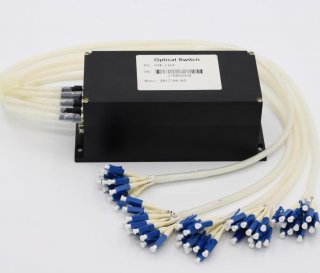- Description
- Reviews
- FAQs
Generally speaking, Silica based glass optical fibers can transmit 250nm to 2000nm wavelengths. But long distance optical transmission is limited to specific wavelength ranges due to the absorptive and scattering losses.
We have heard about the O-bands, E-bands, L-bands etc. These optical bands are nothing but the transmission wavelength ranges of optical fibers. See the explanation given below;
O – band Original band 1260nm – 1360nm 0.33dB/km
E – band Extended band 1360nm – 1460nm 0.19dB/km
S – band Short wavelength 1460nm – 1530nm 0.22dB/km
C – band Conventional 1530nm – 1565nm 0.20dB/km
L – band Long 1565nm – 1625nm 0.23dB/km
U – band Ultra-long 1625nm – 1675nm 0.28dB/km
Telecommunication grade fibers are made of silica glass. When light travels through silica glass fiber it gets attenuated due to material absorption, scattering, waveguide attenuation and leaky modes. It is important for the glass to become pure for low loss transmission.
Shorter wavelengths such as 250nm get more attenuated due to the absorption and Rayleigh scattering. Higher wavelengths like those above 2000nm also get attenuated due to infrared resonant absorption bands within the material. Material absorption is caused by mechanical resonance in the crystalline structure of the silica glass and by absorption peaks resulting from metal and OH ions in the glass.
The attenuation of a common glass which we use for windows is in the order of 1000dB/km. It was in the 1960s scientists started to remove the impurities from the glass to make it useful for light transmission. Scientists were successful to develop low water peak fiber by eliminating OH ions from the silica material and also by treating it in a Deuterium environment to secure from the possible intrusion of OH ions in the future.
READ MORE ...Common Types Of Fiber Optic Cables And Patch CablesThe OH absorption loss happens at 1380 nm region. The increase in attenuation due to absorption beyond 1550nm is due to atomic resonances. Ultraviolet and Infrared fibers are also available but not generally used for optical transmission in a telecommunication line.
The U band or Ultra long band is used for system monitoring and maintenance. 1550nm region is used for DWDM transmission. As the fiber optic technology advances, new windows of transmission will emerge. There was recent report that 1000nm will be the future transmission window.
- Customers Reviews
* Delivery Time.
We need 1-2 days to process your order before shipping. There are two shipping methoed.
Fast Delivery: The delivery time for US, European countries the delivery will take 3-5 days.
Slow Delivery: The delivery time for US, European countries the delivery will take 7-15 days.
* Tracking information.
After we ship package, customer receive automatic email with tracking details.
* Lost Package Policy.
If a package did not arrive in 2 weeks after the shipping date, then this package is treated as Lost. In this case a new package will be shipped to the customer provided we are able to give the same items as those purchased by the customer. If we are not able to provide the same items to substitute the lost ones we will either propose to the customer similar items or refund their cost as it will be mutually agree with the customer. If one or more items neither the same nor similar are available to be shipped, the customer can request to cancel the order entirely, thus the total cost of the order including shipping and handling cost will be fully refunded.












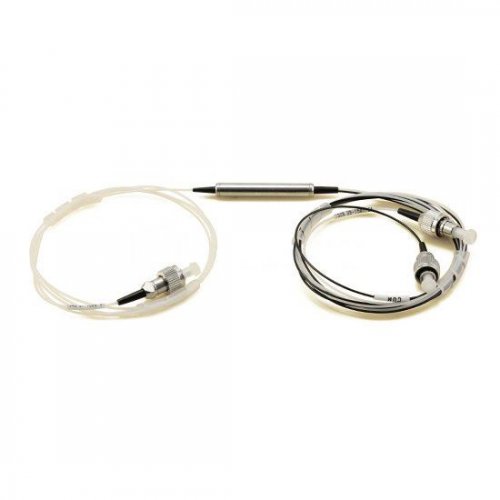
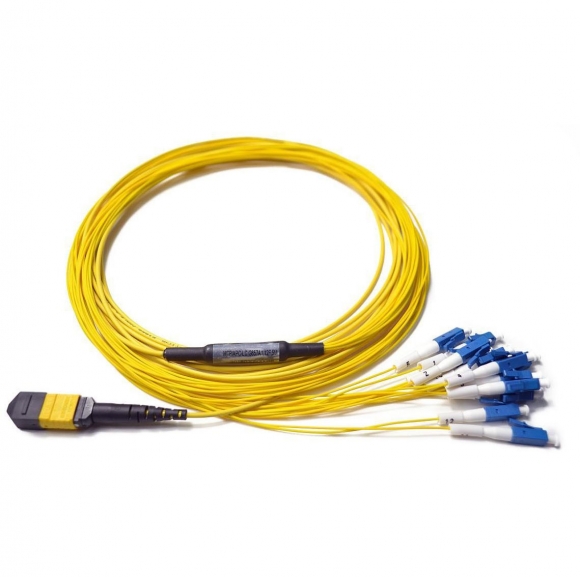
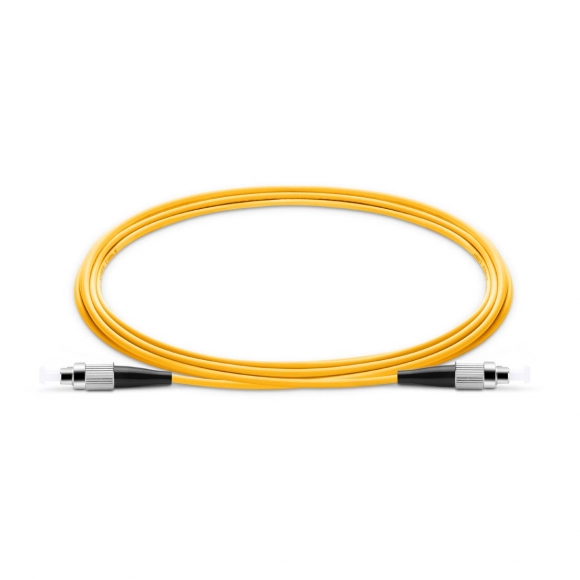


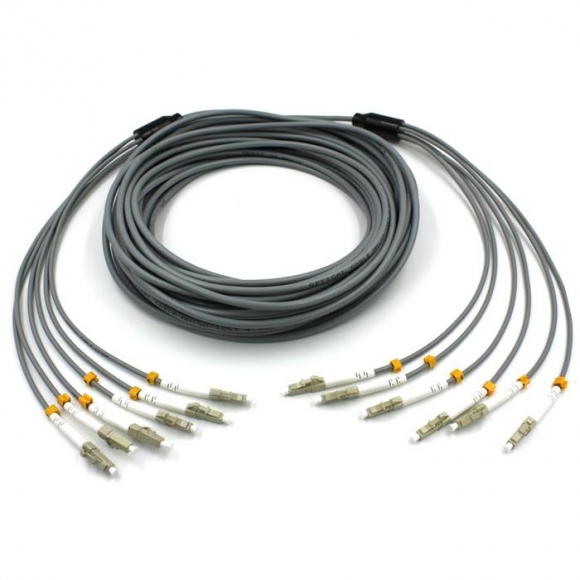
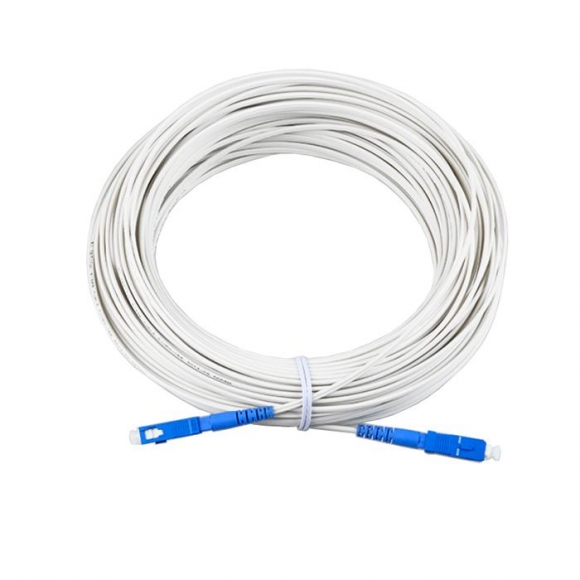
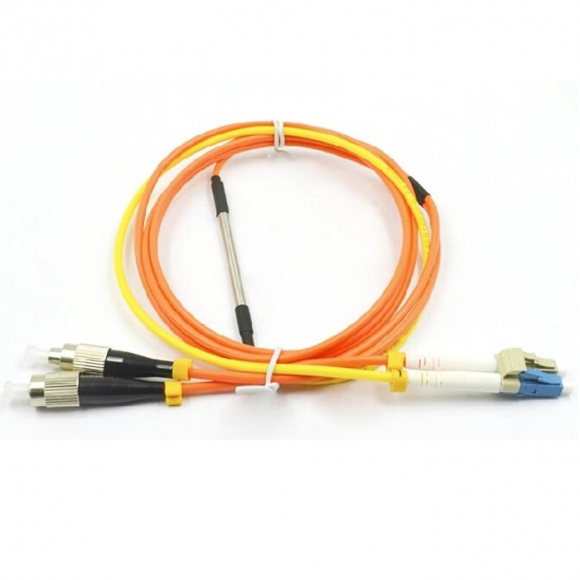





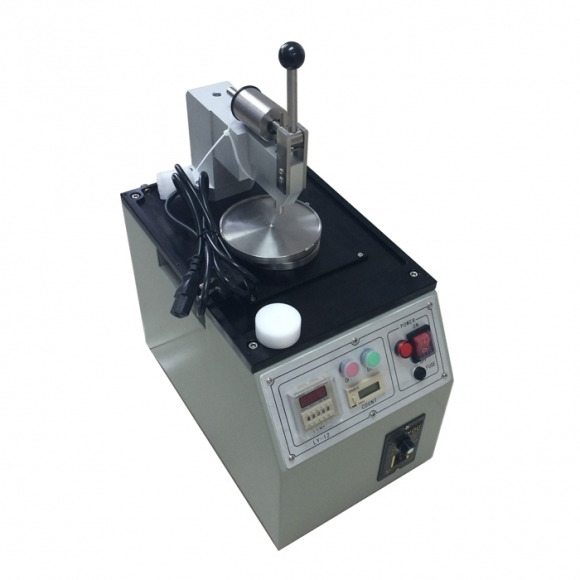



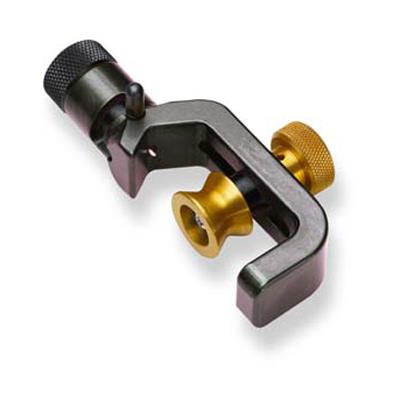



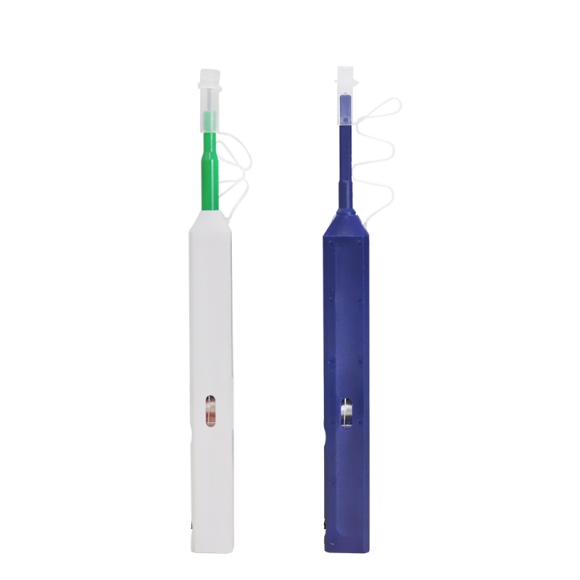

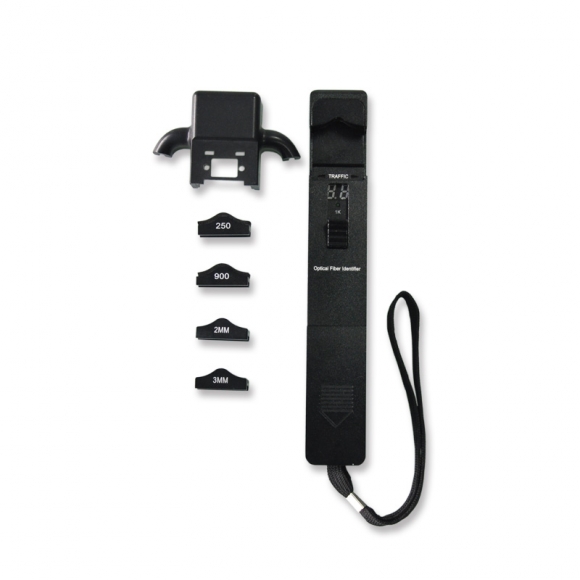
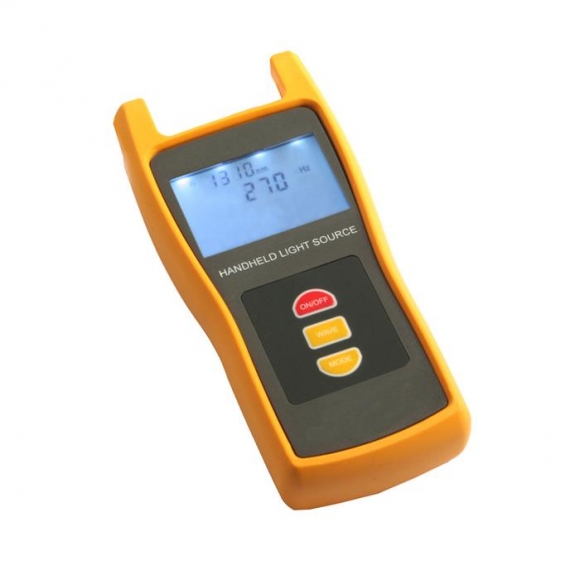

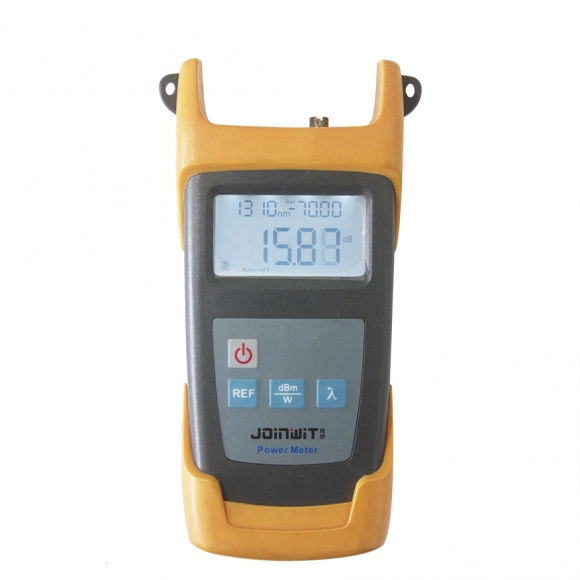
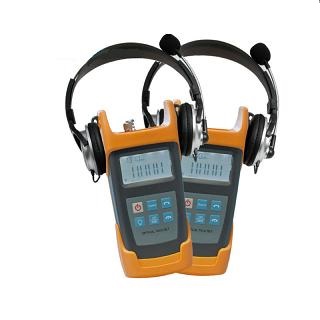
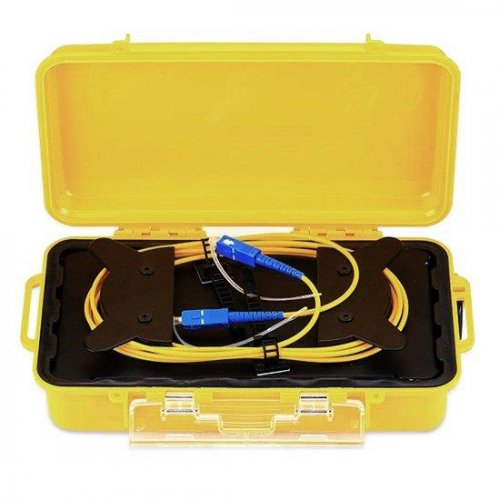
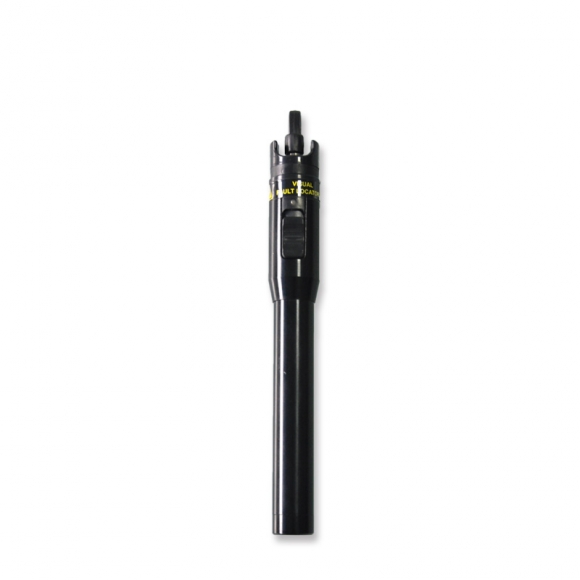


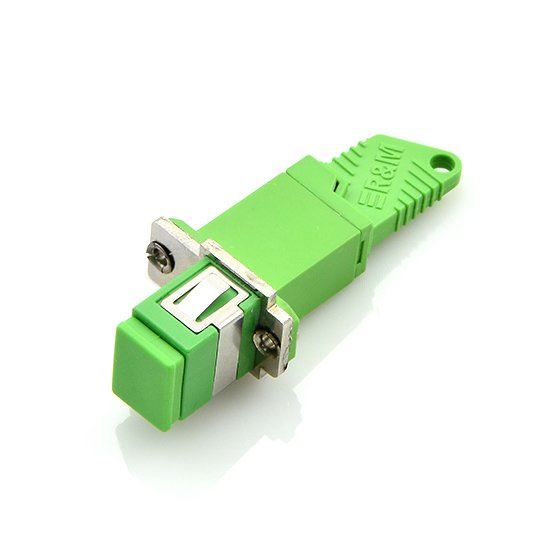
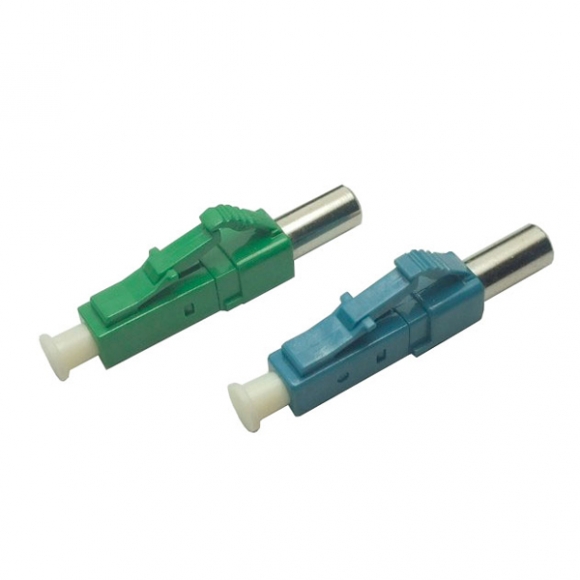
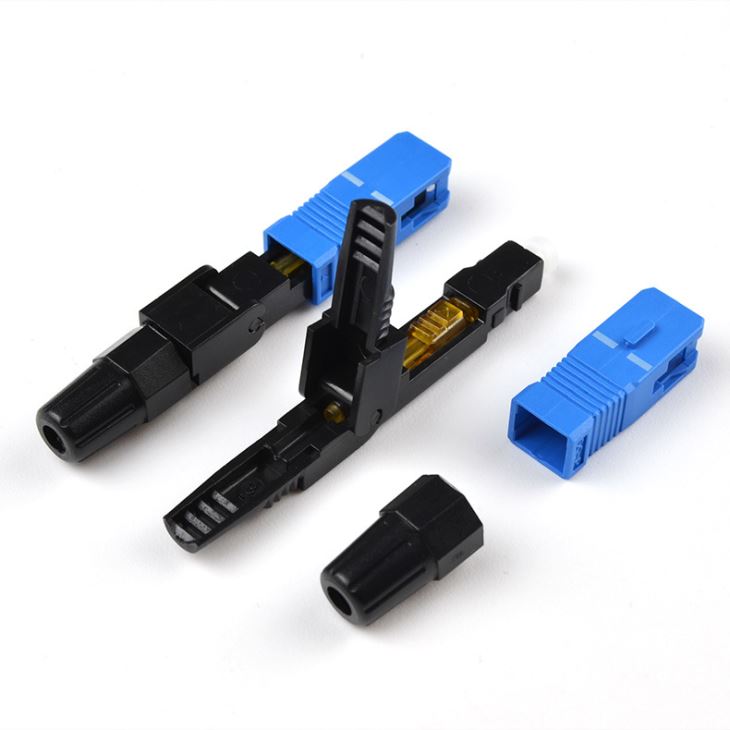
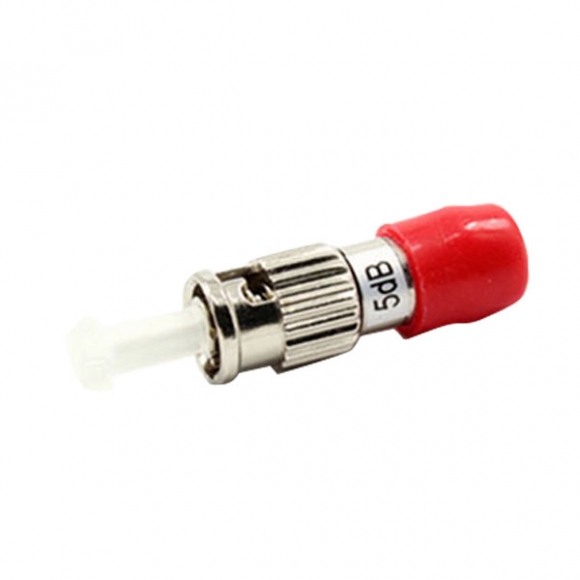
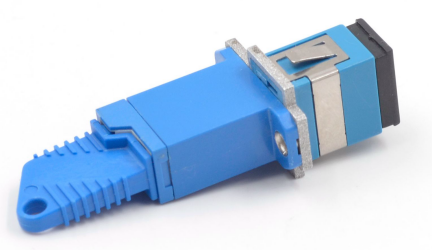
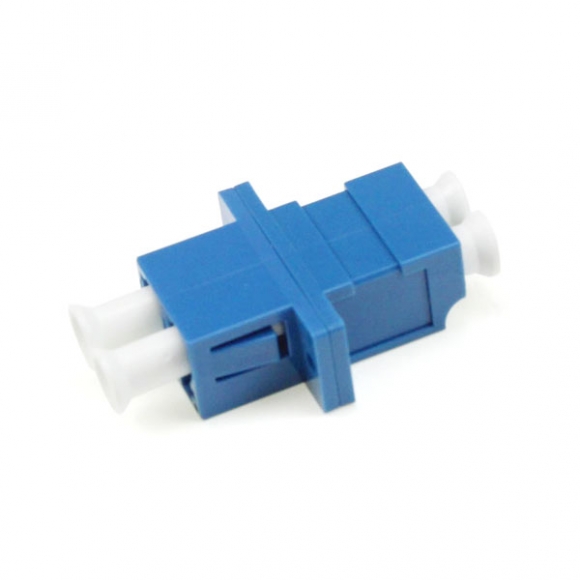

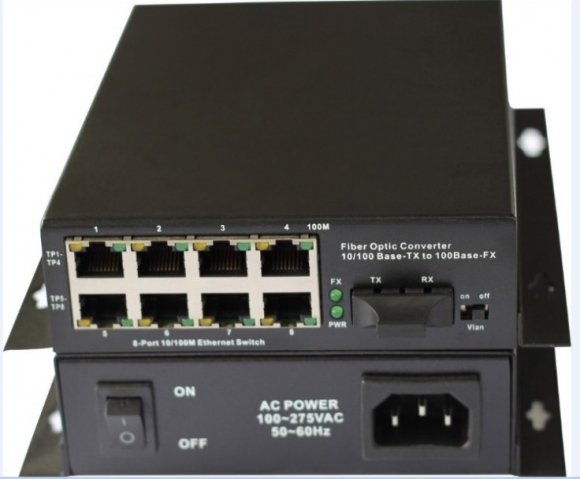

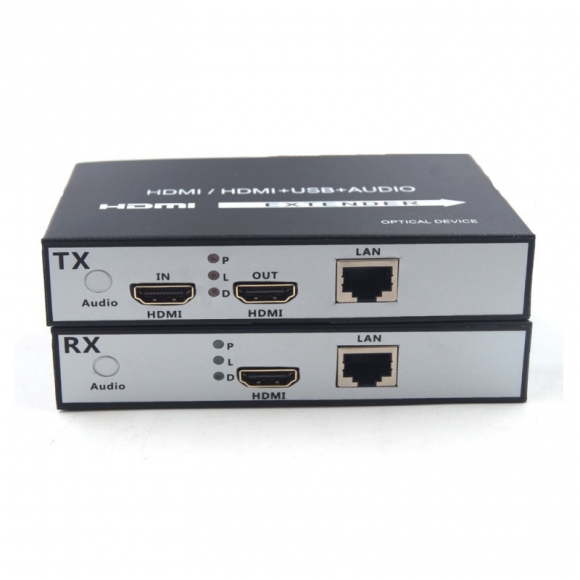
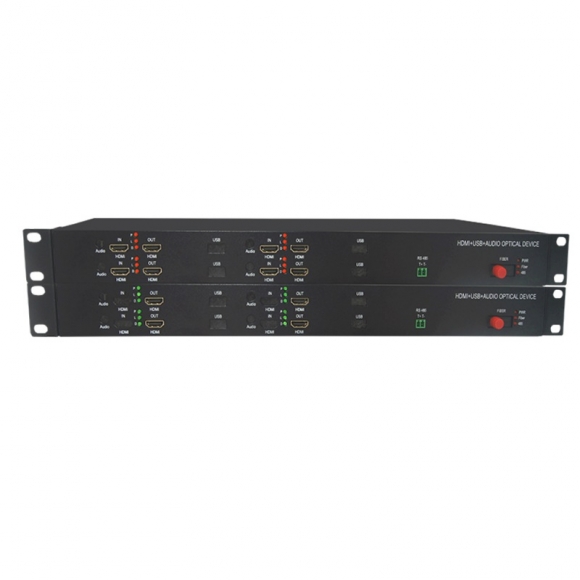

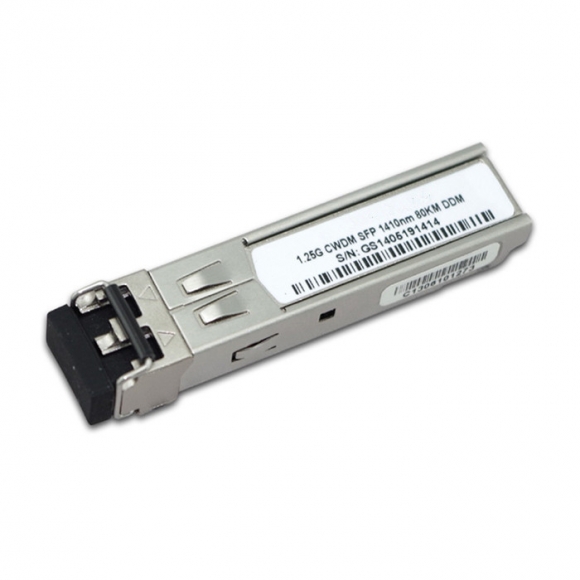


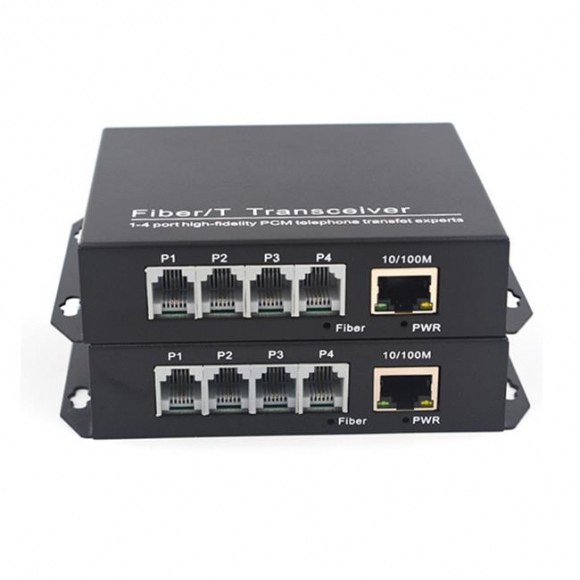
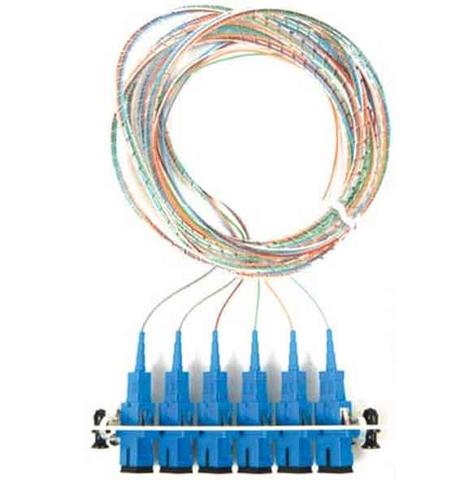
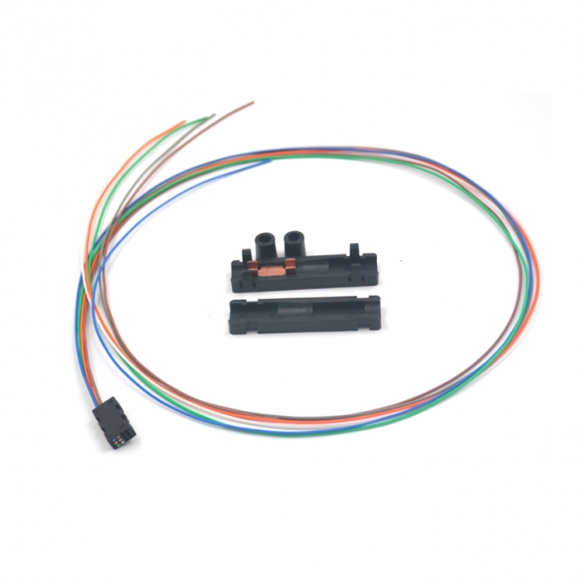



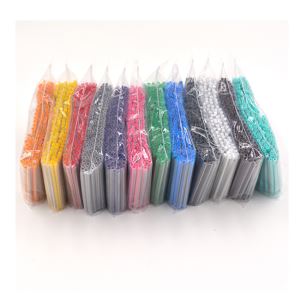

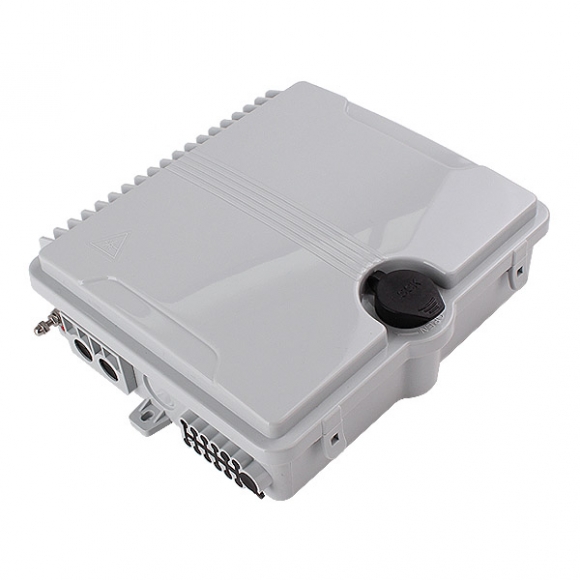

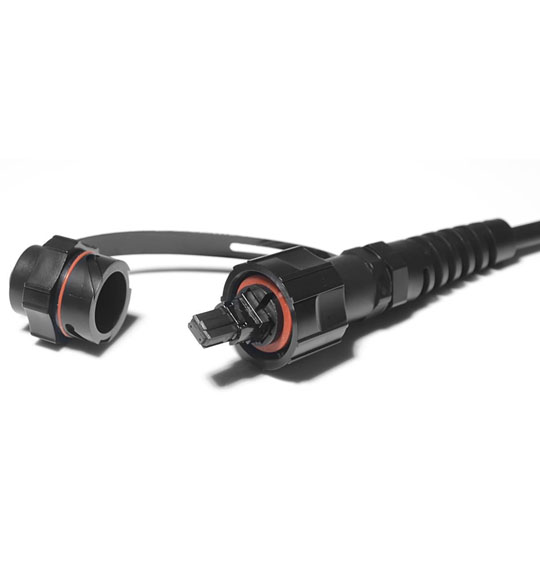
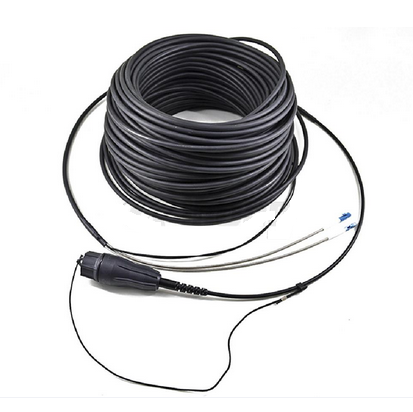

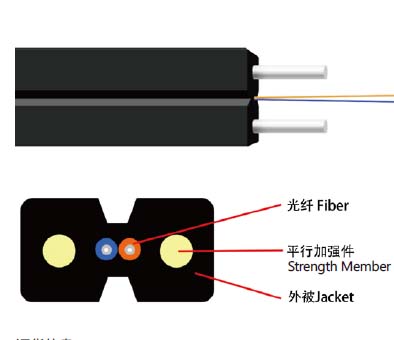
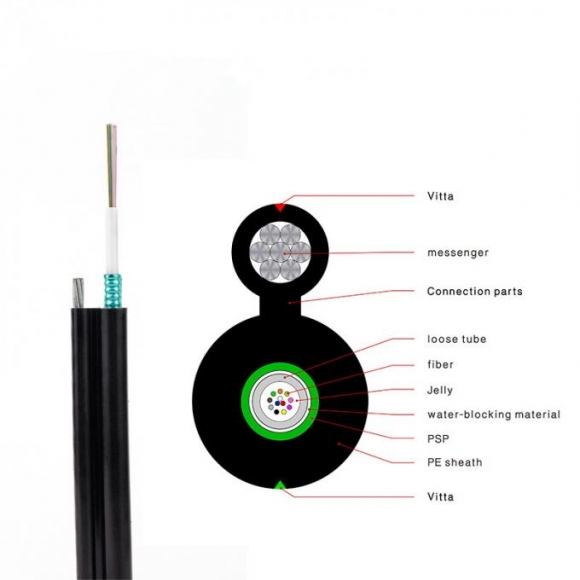
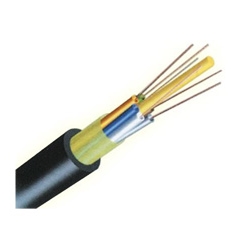
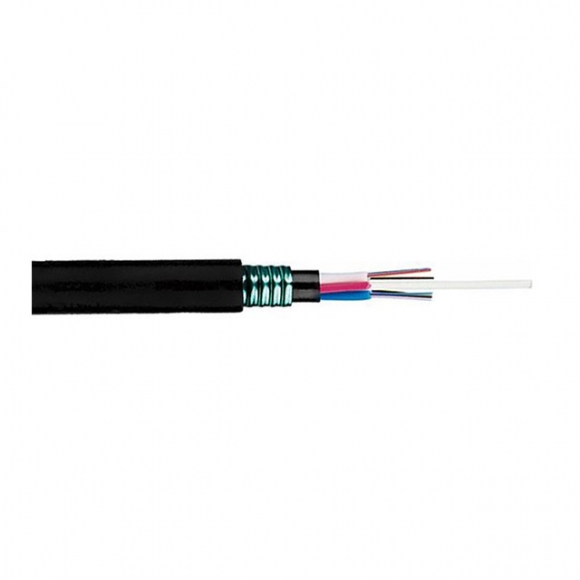
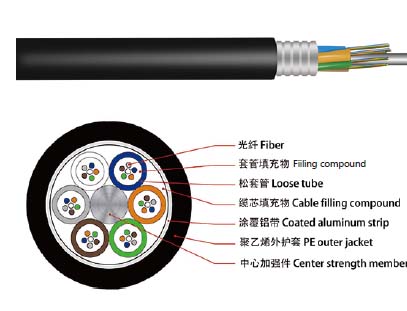
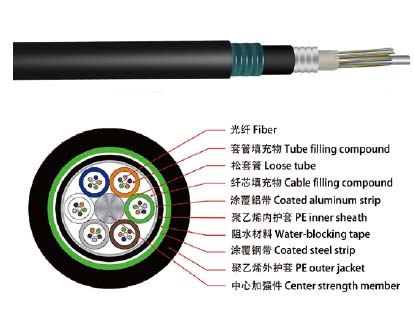

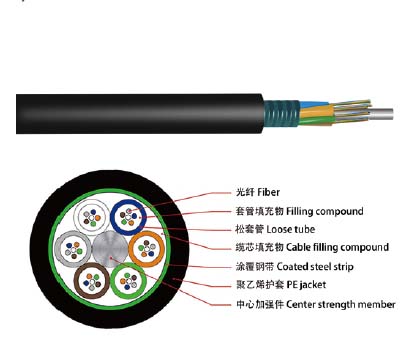
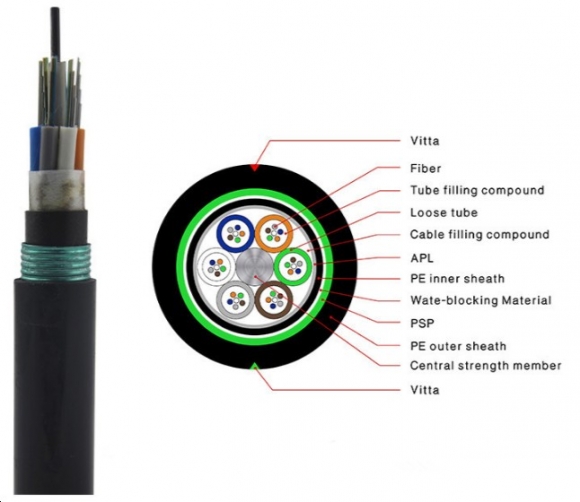
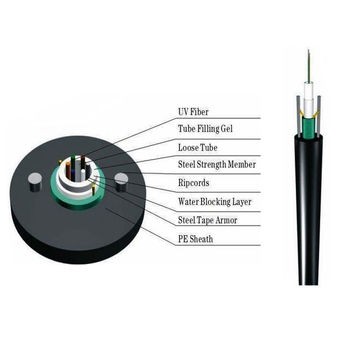
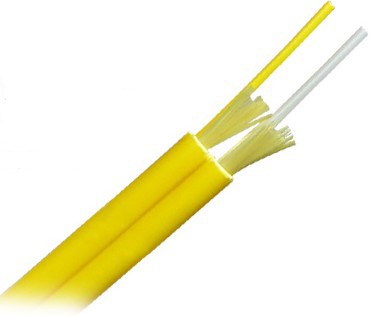
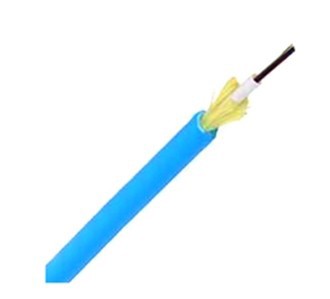


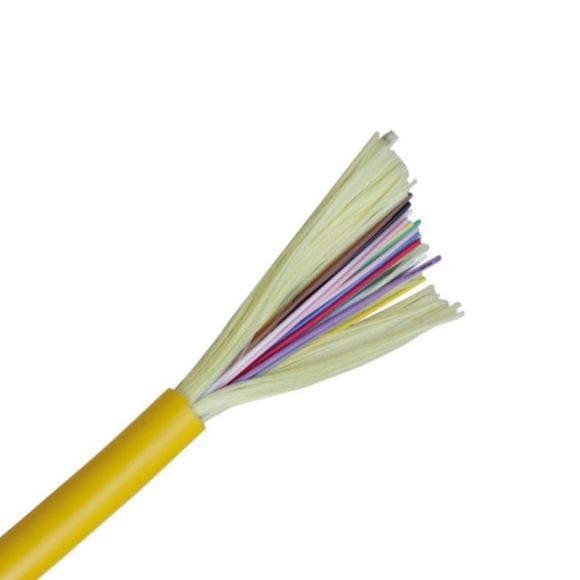
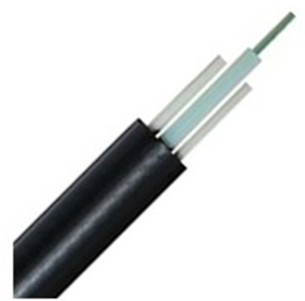
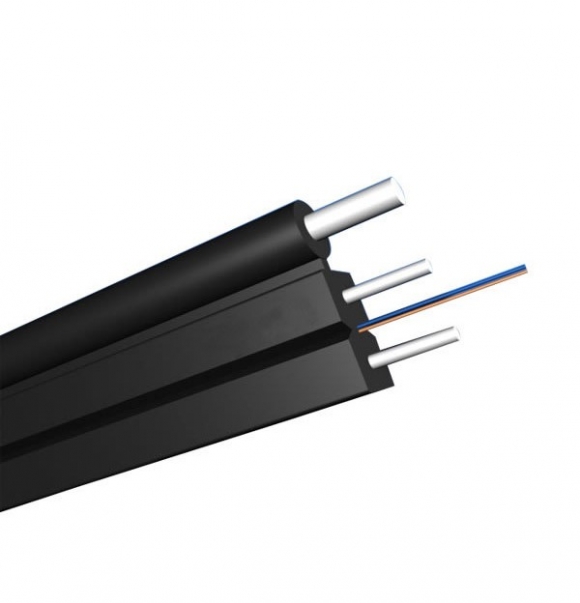
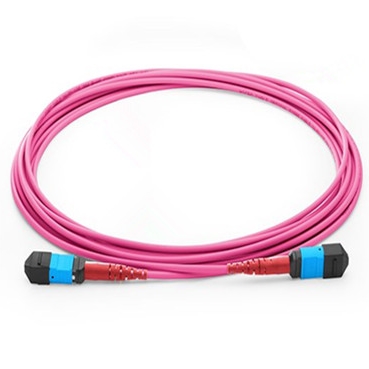

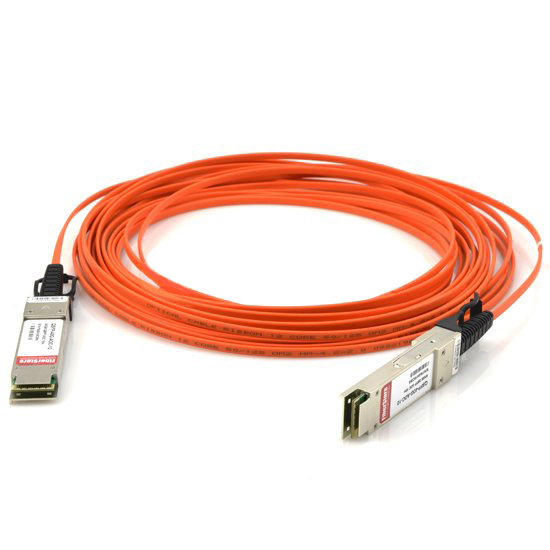


 (0)
(0) (0)
(0) (0)
(0) (0)
(0) (0)
(0)